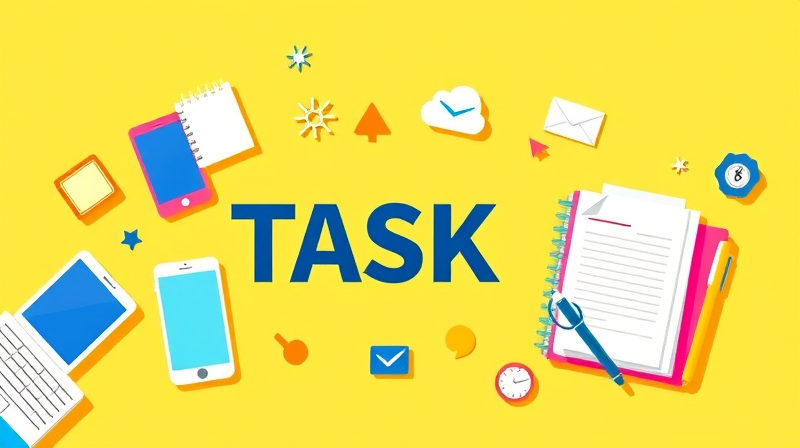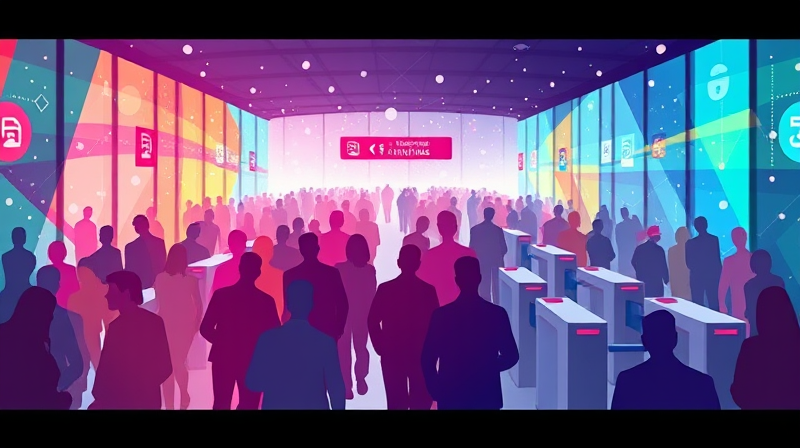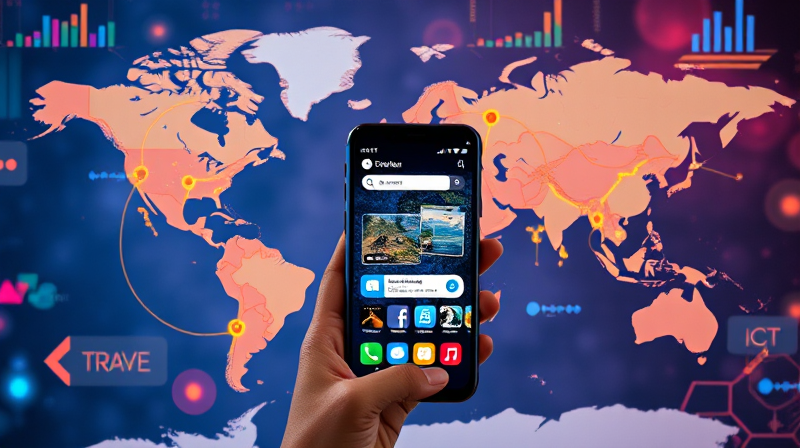In today's dynamic and evolving work environment, the art of managing professional tasks on the move is more important than ever. With work patterns shifting towards flexible schedules and remote setups, it is crucial to adopt strategies that streamline your workflow and help you stay productive even when you are far from a conventional desk setup. In this comprehensive guide, you'll find a variety of tactics and insights to help transform how you manage tasks, enabling success in an increasingly mobile professional landscape.
The journey towards enhanced productivity while on the go involves a blend of digital innovation and time-tested traditional techniques. Combining these approaches can yield great results, especially when you are juggling multiple responsibilities from various locations. Embracing both digital and analog tools allows you to create a personalized system that adapts to your unique professional needs.
Embracing Technology for Enhanced Organization
Modern digital tools are the backbone of effective task management. They not only help you keep track of your responsibilities but also offer features such as prioritization, scheduling, and real-time project updates.
- Task Management Apps: Digitally organized task lists can be maintained using apps such as Toodledo, Productive, or DailyHabits. These apps provide the functionality to set deadlines, track progress and reorder tasks as priorities change.
- All-in-One Workspaces: Platforms like Notion bring together notes, project planning, and task management in a single dashboard. This consolidation ensures that every piece of critical information is just a click away.
- Calendar Automation: With tools like Reclaim.ai, you can automate the intricacies of your scheduling by syncing various appointments and priorities into your calendar, making it easier to manage your time effectively.
These digital tools are designed to simplify the practical aspects of task management, ensuring that you never miss an important deadline or professional commitment. They are particularly useful for professionals who are frequently on the move and need easy access to their schedules and task lists.
In addition to task scheduling, leveraging automation can free up valuable time, allowing you to focus on key priorities. This reduces the mental clutter that often accompanies a busy workday and increases the clarity of your thought process.
Effective Time Management Techniques
Time is a critical resource, and efficient management is the cornerstone of success. One of the most influential techniques is time blocking, which allows you to set aside dedicated slots for specific tasks. This approach minimizes distractions and optimizes your workflow by ensuring that critical projects receive the focused attention they deserve.
Why Use Time Blocking? By dividing your day into intervals, you ensure that each segment is reserved for a particular activity—whether it’s collaboration, research, or client communication. Not only does this prevent multitasking, but it also allows for deep work sessions that lead to significant progress on challenging tasks.
- Time Blocking: Designate specific periods for distinct tasks, ensuring focused work intervals throughout the day.
- Color-Coding: Use vibrant colors within your digital calendars to visually differentiate between meetings, project time, and personal time. This system helps quickly identify available slots or periods that require your attention.
- Deep Work Sessions: Allocate uninterrupted stretches of time that foster concentration and the ability to resolve complex tasks without external disturbances.
Adopting these strategies can significantly boost your efficiency. When you allocate time specifically for each task, you not only organize your day more effectively but also nurture a methodical approach to handling workload pressures.
Integrating Digital and Analog Methods
While modern digital tools have reshaped the way we work, traditional methods still play a key role in solidifying task management. For example, taking the time to write things down can assist in retaining information and visually organizing your priorities.
Handwritten Notes: Research indicates that the act of writing engages more parts of the brain, bolstering memory retention and organizational effectiveness. Keeping a physical planner or a customized notebook alongside your digital tools can serve as an alternative method to revisit and review your tasks.
- Physical Planners: They provide an authentic and personal record of your daily tasks and ideas, making the process of planning interactive and thoughtful.
- Quick Notes: Adopting a bullet journal (Bujo) style can help capture fleeting ideas or urgent reminders, ensuring that creative or critical insights aren't overlooked when you’re moving from place to place.
Integrating these analog methods with digital systems fosters a balanced approach that leverages the strengths of both worlds, ultimately enhancing your work rhythm irrespective of location.
Streamlining Communication on the Go
Effective task management isn't just about scheduling and planning; it's also deeply rooted in robust communication. When you work remotely or while traveling, keeping in close contact with your team is essential.
Centralized Communication Platforms: Tools like Slack and Microsoft Teams are instrumental in ensuring that all team interactions remain organized in one accessible space. This reduces the risk of losing important messages or updates among multiple email threads.
- Centralize Team Communication: Using a unified tool for team chats saves time and keeps everyone on the same page regarding project updates, deadlines, and quick check-ins.
- Clarify Communication Norms: Setting expectations for response times and message prioritization prevents miscommunication and ensures that critical information is addressed promptly.
The success of a mobile work style heavily depends on how well you communicate. A well-maintained communication structure supports clarity and efficiency, thus preventing delays and frequent misunderstandings.
Regular Review and Adjustments
No matter how refined your task management system may appear, incorporating regular assessments is key to continuous improvement. Frequent evaluations help identify areas in need of adjustment, ensuring that your strategies remain effective throughout shifting work demands.
Weekly Reviews: Set aside time each week for a comprehensive review of your tasks and schedules. This allows you to reflect on what strategies are working, what methods can be improved, and how best to organize upcoming responsibilities.
- Weekly Check-ins: Utilize these sessions to update your task lists, reset priorities, and clear out any outdated information. Regular clean-ups ensure that your management tools continue to serve you efficiently.
- Clear Capture Methods: Review and streamline your note-taking or email systems periodically to reduce clutter and confusion.
Regularly revisiting and refining your strategies is a sustainable way to adapt to both personal and professional changes. Keeping your system organized through consistent reviews guarantees that you can remain agile, focused, and ready for new challenges.
This blend of time-tested techniques and cutting-edge digital tools provides a resilient foundation for successful task management on the go. In a world that is constantly evolving, embracing these strategies can significantly enhance your ability to manage professional tasks, regardless of your location, thereby paving the way for a more organized and fulfilling work life.
Overall, maintaining productivity on the go is all about finding a harmony between structure and flexibility. By fully integrating these practices, you enhance not just your ability to complete tasks efficiently but also your capacity to innovate and adapt in a fast-paced work environment.
Remember, the key lies in consistent effort and a willingness to adapt. Each tool and technique is a stepping stone toward better, more efficient work habits. With the right approach, you'll find that managing professional tasks while on the go can be not only achievable but also incredibly rewarding.







